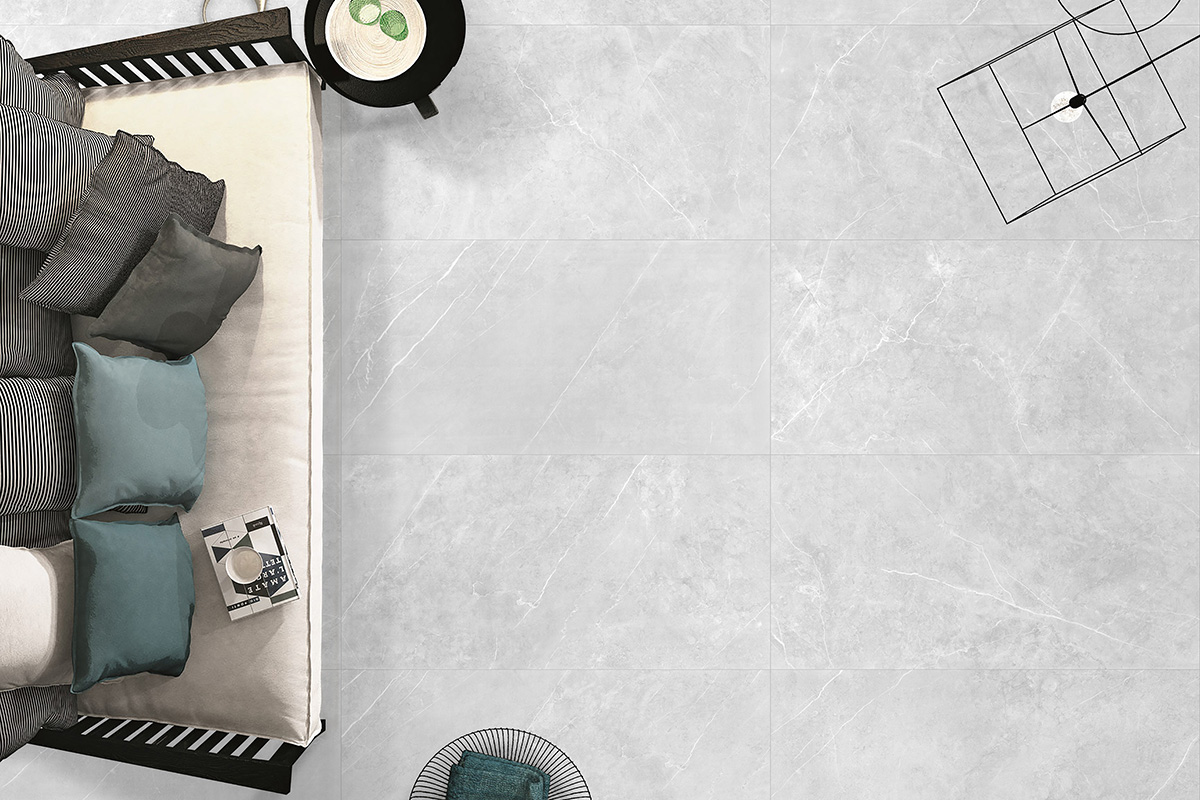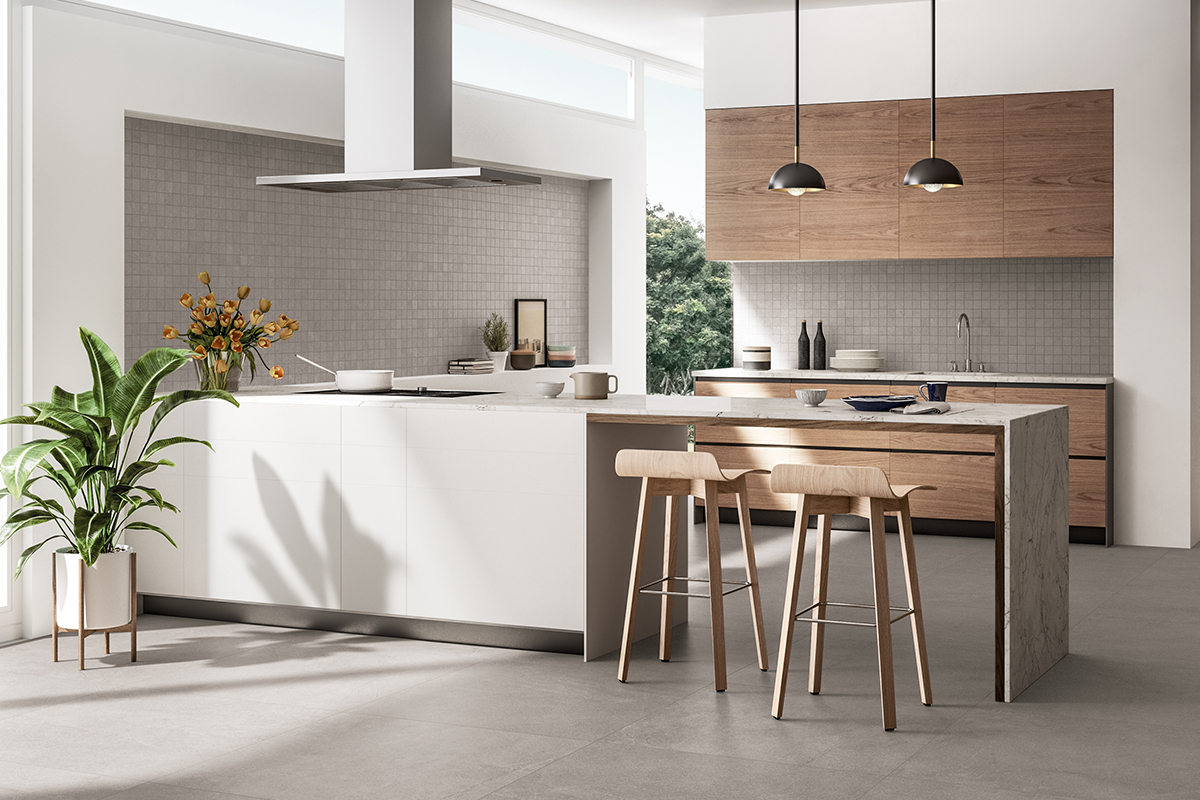Tiling and re-tiling your floors can be a daunting endeavour. From choosing the right contractor to picking a design and sticking to your budget, things can quickly become overwhelming. We spoke to industry experts Victor Phuah from Lian Seng Hin and Terry Tan from Rice Fields Pte Ltd to get their top tips—and make tiling a lot less complicated for you.
When scouting for a tile contractor, what should homeowners prepare for before hiring one?
Victor Phuah: If you decide to hire a tile contractor on your own instead of having your interior designer source one out, be ready with your detailed instructions and preferences. Directions such as how you want your tiles to be laid out and which areas of the house you want covered will greatly help the tiler achieve the look that you want.
Terry Tan: Research potential tile contractors by thoroughly comparing their experience, skill sets, and client reviews. Doing so will help you make an informed decision and ensure better quality of work. We have a series of videos on our website to share good practices and methods of tile installation.

Image courtesy of Lian Seng Hin
What pieces of advice do you usually give homeowners when choosing the right type of tiles for their house?
TT: Tiles, unlike paint colours, cannot be easily changed. To be on the safe side, choose neutrals such as grey, beige, or “greige” (a blend of grey and beige) as these hues are timeless. Design-wise, I recommend using the same pattern throughout the house to achieve a sense of spacious consistency. Also, remember that wet areas, such as bathrooms and balconies, need to be installed with anti-slip tiles to avoid falls.
How often should homeowners consider re-tiling their home?
VP: There’s no absolute frequency, but based on my experience with clients, homeowners re-tile their house after every 10 years, on average. Reasons vary, but most of them veer towards switching up their house’s look whenever they start a family or when young members grow up and move out.
TT: Tile floors are quite enduring, so you don’t need to continually spend on re-tiling work (unless of course there are prominent cracks that pose safety hazards).

Image courtesy of Rice Fields
Which tile design or pattern are you most fond of and why?
VP: I like how marble-finish tiles look like real marble but without the disadvantages that come with their natural counterparts. Unlike the absorbent element of natural stones, you can easily wipe spilled liquids off of non-staining marble-look tiles.
TT: The herringbone pattern (rectangles that are arranged in a 90-degree angle next to each other) because it evokes the feeling of sophistication and dimension.
Tiling a home can be quite expensive; what can homeowners do to keep costs low?
VP: Selecting small tiles to cover a specific area will reduce tile wastage because they’re more flexible in terms of fitting limited spaces. Using larger tiles, on the other hand, means you need to pay extra for labour costs as the materials can only be laid by two people instead of one.
TT: I’ve always believed that investing in quality tiles will still save you money. The affordable option now may not be the case in the long run, as they might need replacing sooner than you think. I recommend those that are Italian-made because of more advanced technology. They are also generally more scratch and stain-resistant.
This post was adapted from an article originally published in the July 2020 issue of SquareRooms.



